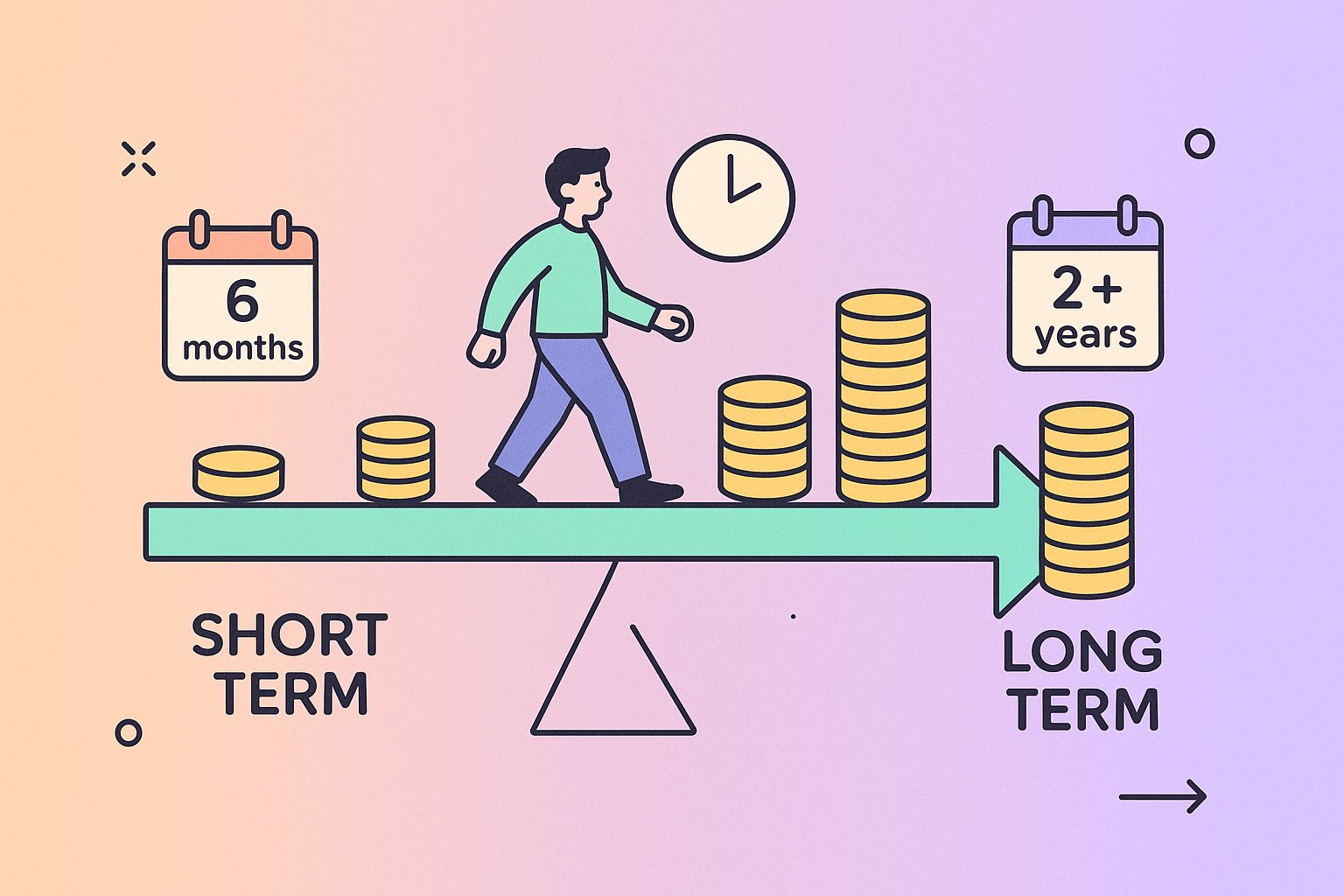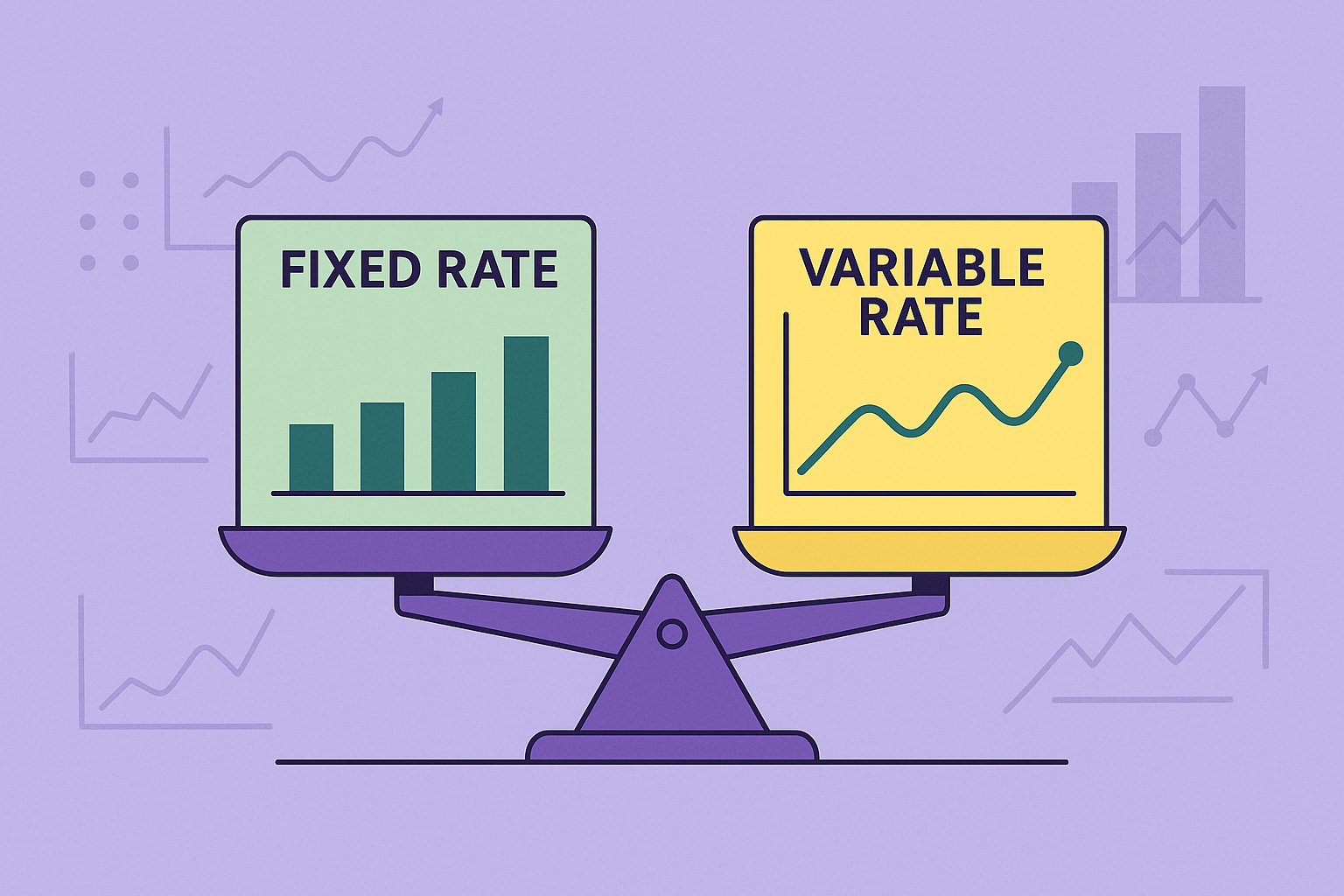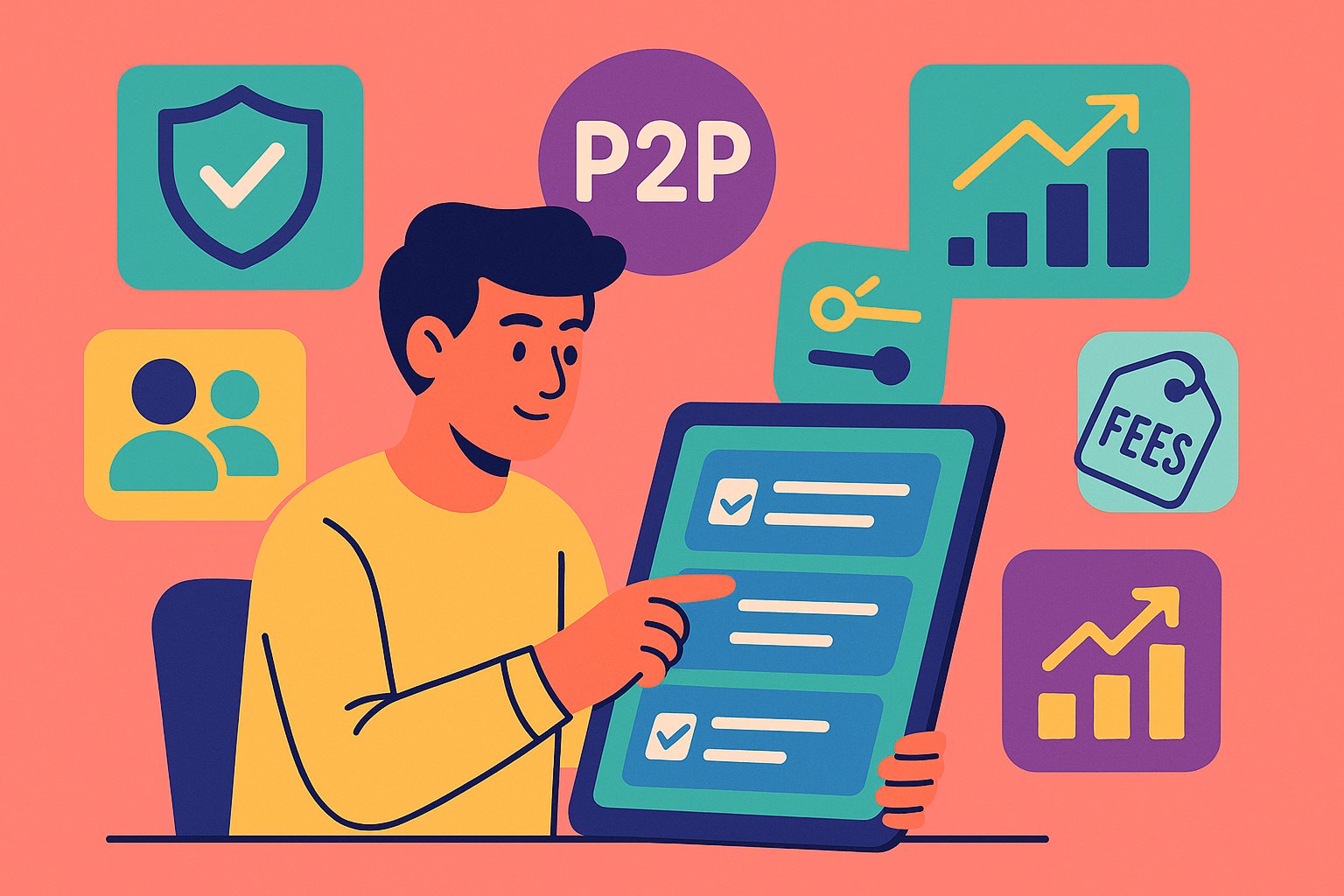Discovering the World of Peer-to-Peer Lending
Imagine a financial marketplace where you can borrow directly from individual investors without stepping foot in a bank. That’s the promise of peer-to-peer (P2P) lending—an online marketplace where borrowers and lenders meet on equal footing. For beginners, understanding how these platforms work can feel overwhelming. Yet the potential benefits—simplified application processes, attractive interest rates, and greater transparency—make P2P lending models worth exploring. In this guide, we’ll unpack the mechanics behind P2P platforms, highlight their core advantages and pitfalls, and equip you with the knowledge to confidently navigate this burgeoning segment of fintech.
Behind the Scenes: How P2P Platforms Connect Borrowers and Investors
At its core, a peer-to-peer lending platform functions as a digital intermediary. Instead of depositing savings at a bank that then disperses loans, individual investors pool their money on the platform and choose which borrowers to support. Borrowers create loan requests, specifying the purpose—whether debt consolidation, home improvement, or business startup—and digital underwriting algorithms assess creditworthiness. Once approved, the platform displays loan listings in a marketplace, allowing investors to fund all or part of a loan. When a loan reaches its target funding amount, the borrower receives the funds directly, and investors earn monthly interest payments as the loan is repaid. This streamlined model cuts out traditional banking layers, often passing cost savings to both borrowers (through competitive interest rates) and investors (through potentially higher returns).
Exploring Different P2P Lending Models
Not all peer-to-peer platforms operate identically. Some excel at matching individual lenders with borrowers, while others partner with institutional investors or combine multiple funding sources. Broadly speaking, P2P models fall into three categories: pure marketplace lending, hybrid or institutional-sponsored lending, and balance sheet lending. Pure marketplace models—popularized by early pioneers—allow everyday investors to choose loan listings based on risk grades, terms, and projected returns. In contrast, hybrid lending platforms blend individual investor capital with institutional funds, ensuring steady liquidity even when retail investor demand wanes. Finally, balance sheet lenders use their own capital to issue loans but employ the P2P framework to gauge demand and price risk. For beginners, understanding which model a platform employs is crucial: it influences funding certainty, potential interest rate volatility, and the depth of investor participation available at any given time.
Simplified Borrowing: The Appeal for First-Time Users
For newcomers to online lending, the P2P model shines for its user-friendly application process. Instead of filling out stacks of paper forms at a bank branch, borrowers complete an online profile, submit basic identification documents, and authorize a soft credit check. Many platforms use automated underwriting engines that leverage alternative data—such as payment histories, employment records, and even social indicators—to assign a risk grade quickly. These grades determine an estimated interest rate range, which borrowers can view before formally accepting an offer. Once approved, funds are typically disbursed within days. This speed and transparency contrast sharply with conventional bank loan cycles, which can drag on for weeks due to manual approval procedures. For beginners seeking a straightforward lending experience, P2P’s digital-first approach removes friction and offers clarity on crucial factors like interest rates and monthly payment amounts from day one.
Unpacking Key Advantages of P2P Lending for Beginners
Many first-time borrowers turn to peer-to-peer lending because it often delivers more attractive interest rates and fewer hidden fees compared to traditional banks. Since P2P platforms operate online without maintaining physical branches, overhead costs remain lower, allowing savings to be passed on to both borrowers and investors. In addition, P2P marketplaces typically offer fixed-rate loans, meaning monthly payments remain stable throughout the term. This predictability simplifies budgeting for newcomers still learning to manage debt. Another advantage is broad access: borrowers with fair-to-good credit can often secure financing through P2P platforms even if they don’t meet stringent bank criteria. Finally, the transparency built into P2P models empowers borrowers to see how their interest rates compare to platform averages, fostering a greater sense of control over one’s financial decisions. For anyone venturing into personal finance for the first time, these features make P2P an appealing place to start.
Navigating Risks and Mitigating Potential Pitfalls
No financial model is without drawbacks, and peer-to-peer lending carries its own set of risks. One of the most significant concerns for borrowers is the possibility of higher interest rates if creditworthiness falls into a lower tier. Though platforms often advertise competitive rates, applicants with blemished credit histories may be assigned higher risk grades. Additionally, because P2P platforms rely on investor appetite, borrowers occasionally face funding gaps—especially during periods of market uncertainty—where loan listings may take longer to fully fund. Late fees and default penalties also vary widely across platforms; understanding the fee schedule in fine detail is crucial to avoid unexpected charges. Finally, P2P lending is subject to changing regulation. Beginners should keep an eye on any new legislation that could affect borrower protections, disclosure requirements, or platform solvency. By doing due diligence—reading platform terms carefully, comparing rate quotes, and verifying funding timelines—borrowers can significantly reduce these potential downsides.
Deciding Which P2P Platform Fits Your Needs
With dozens of peer-to-peer platforms operating globally, choosing the right one can seem daunting. Focus first on the basics: minimum and maximum loan amounts, interest rate ranges, origination fees, and required credit scores. Some platforms specialize in debt consolidation loans, while others lean toward small business financing. If you’re a first-time borrower, look for transparent underwriting criteria—platforms that clearly publish risk grade thresholds, for instance, can help you gauge your likelihood of approval. Next, compare funding speed: are loans disbursed within a few days of approval, or does it take weeks to secure investor commitments? Customer support is another differentiator; platforms with live chat, responsive email teams, and robust FAQs tend to guide beginners more effectively through the process. Lastly, review post-funding tools: does the platform offer an intuitive dashboard for tracking payments and outstanding balances? Does it provide options for autopay and early payoff with no penalties? By aligning platform features with your personal goals—whether debt consolidation, home improvement financing, or funding a small venture—you set the stage for a smooth borrowing experience.
Preparing to Apply: Essential Steps for First-Timers
Before clicking “submit” on a P2P loan application, first-time borrowers can take several preparatory steps. Begin by checking your credit report to ensure there are no errors dragging down your score. Even minor discrepancies—like a misreported late payment—can push your risk grade higher and inflate your interest rates. Next, calculate your debt-to-income ratio by tallying all monthly debt obligations—such as rent or mortgage payments, car loans, and credit card minimums—and dividing them by your gross monthly income. Most P2P platforms look for ratios below 40 percent, though exact thresholds vary. Finally, gather necessary documentation in advance: proof of income (pay stubs or tax returns), valid identification (driver’s license or passport), and bank statements for the past three months. Having these materials at the ready expedites the underwriting process and helps you avoid last-minute delays. Once your paperwork is in order, create an account on your chosen P2P site, complete the application, review your personalized loan quote, and—if it meets your needs—accept the terms and await funding.
Maximizing Success: Smart Strategies for P2P Borrowers
Securing a peer-to-peer loan is just the first step toward financial empowerment; repaying it responsibly cements a healthy credit profile and opens doors for future borrowing. To minimize interest costs, consider setting up autopay, which some platforms incentivize by shaving a fraction of a percentage point off your APR. If you come into unexpected windfalls—like a tax refund or year-end bonus—evaluate whether prepaying a portion of the loan makes sense to reduce total interest paid over time. Engaging with the platform’s customer support early and often can also pay dividends; if you foresee difficulty making a payment due to job loss or medical bills, proactively discussing hardship options may help you avoid late fees and negative credit reporting. Finally, keep an eye on platform updates: many P2P sites introduce new borrower benefits, such as lower origination fees for returning customers or referral bonuses for bringing friends to the platform. By maximizing these opportunities, you transform your P2P loan from a simple funding source into a long-term tool for financial growth.
Building Your Financial Future Beyond the First Loan
Once you’ve successfully navigated the world of peer-to-peer borrowing and demonstrated on-time repayment, you’ll have constructed a foundation of trust and credibility—both with your chosen platform and within your personal credit history. At that point, you can explore additional P2P products: some platforms offer investor accounts, allowing you to diversify your financial portfolio by funding other borrowers. Others expand into small business financing, giving you the opportunity to secure capital for entrepreneurial ventures. The knowledge you gain as a borrower—especially understanding how risk grades translate into interest rates—will serve you well when negotiating future loans, whether you return to the same P2P marketplace or opt for a traditional lender. By continually refining your credit profile, maintaining a low debt-to-income ratio, and leveraging platform tools like autopay and referral programs, you position yourself not just as a borrower, but as a savvy participant in the digital finance revolution.
Wrapping Up: Your First Steps in Peer-to-Peer Lending
Peer-to-peer lending platforms have democratized access to credit, allowing individuals to secure financing with speed and transparency that traditional banks often can’t match. As a beginner, choosing the right model—whether pure marketplace, hybrid, or balance sheet-backed—impacts the ease, cost, and certainty with which you obtain funds. By preparing your financial profile, gathering essential documents, and researching platform-specific features like underwriting criteria, interest rate ranges, and support services, you set yourself up for borrowing success. Remember that responsible repayment and ongoing engagement with your chosen platform can unlock additional benefits and opportunities down the line. Embrace the P2P lending experience not just as a one-time loan, but as a stepping stone toward greater financial resilience and empowerment. Enthusiasm, informed decision-making, and a commitment to transparency will guide you toward a future where borrowing is no longer intimidating, but a tool you wield with confidence and creativity.




